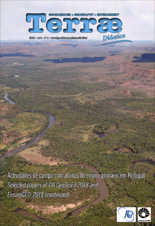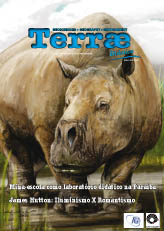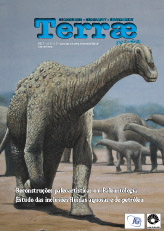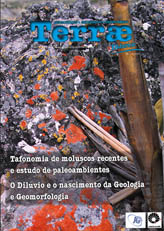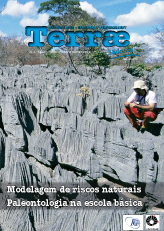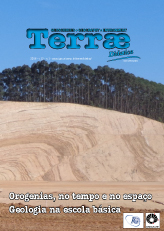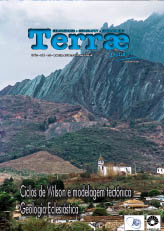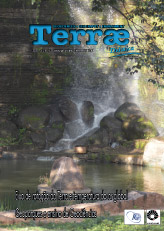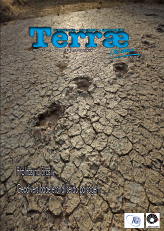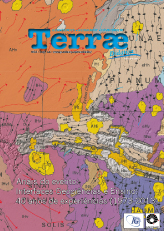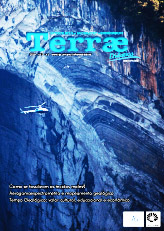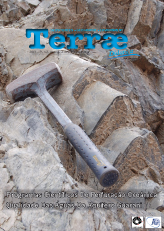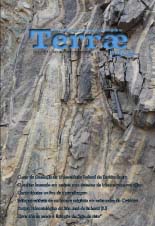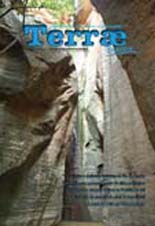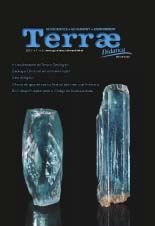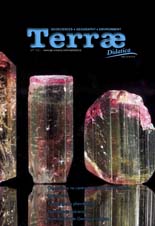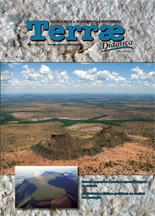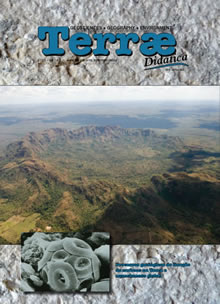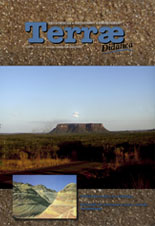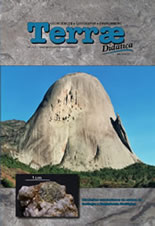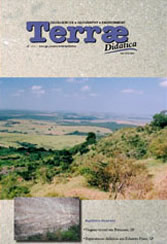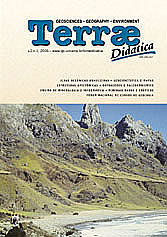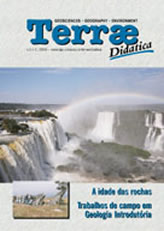Campinas-Brasil
ISSN 1980-4407

 ___________________
___________________ __
__
Volume 14, n2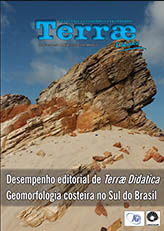
Volume 14, n1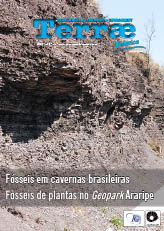
Volume 12, n3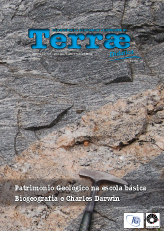
Volume 10, n2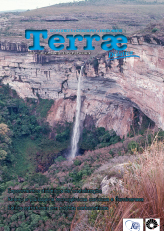
Volume 8, n2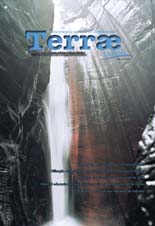
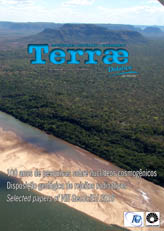
School education for disaster risk reduction in Japan after the 2011 Great East Japan Earthquake and Tsunami (GEGET)
T. Fujioka
Faculty of Education, Shiga University, 520-0862 Hiradu Otsu, Shiga, Japan. - fujioka@edu.shiga-u.ac.jp
Y. Sakakibara
Facuty of Education, Shinshu University 380-8544 Nagano city, Nagano, Japan.- ysakaki@shinshu-u.ac.jp
Abstract: The 2011 Great East Japan Earthquake and Tsunami (GEJET), reminded us Japanese of the harsh realities of the natural environment in the Japanese Archipelago and the importance of crisis management systems. However, the treatment of disasters has not been neglected in Japan, where natural disasters have historically occurred. In Japan, here are two separate approaches to handling natural disasters in formal education. The first is learning within specific subject areas, particularly social studies and science. The second is educational activities that take place outside subject teaching hours. Although natural disasters are common in the Japanese Archipelago, this arc-shaped string of islands, surrounded by the ocean and possessing a rich natural landscape, has greatly influenced Japanese culture, science and technology, and education. The Pacific Ocean coastline of the Tohoku region has been frequently hit in recent years by large killer waves (Tsunami) that have repeatedly resulted in serious damage. The main difference between the 2011 GEJET, and the previous tsunamis that hit the region is the accident that occurred at the Fukushima I Nuclear Power Plant. Because the perspective of understanding science and technology from a social context is closely related to issues in education today.
Keywords: GEJET, ESD, Education for Disaster Risk Reduction, School Education in Japan
Copyright © 2005-2007 - Instituto de Geociências - Universidade Estadual de Campinas - UNICAMP - Brasil - Todos os direitos reservados -
Desenvolvimento: ![]()
